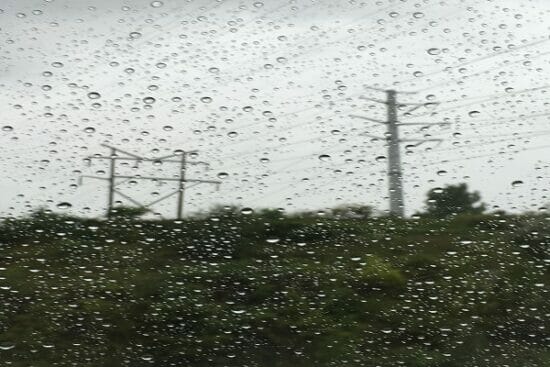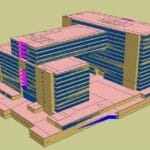Subtotal: $75.00
- Course No E – 1984
- PDH Units: 4
No data found for Custom Course Number
No data found for Custom Course Units
Intended Audience: Electrical & Energy Engineers.
PDH UNITS: 4
The reliability of the electric system is measured by the weakest link. From a rating perspective, a circuit that is ten miles long may be limited by a section that is only 50 feet in length. This course compares the reliability of the overhead and underground transmission systems and compares various transmission substation designs, how they operate under normal conditions and during faults, breaker failure, etc. In Transmission System Reliability, you'll learn ...
- Typical equipment found in transmission/switching substations
- The relative merits of various substation designs
- Unique reliability issues with overhead (OH) transmission lines relative to underground (UG) lines
- Why the breaker and a half (BAAH) substation design is the most reliable
Learning Objectives:
At the successful conclusion of this course, you will learn the following knowledge and skills:- Key components of the transmission system
- Common transmission substation designs and the reliability of each design
- Reliability of underground (UG) vs (OH) transmission lines
- How the UG/OH systems are impacted differently by weather events
- The impact of oil filled cables on UG transmission line reliability
- Reliability of straight bus, ring bus, double ring bus and breaker and a half bus substation designs
Once completed, your order and certificate of completion will be available in your profile when you’re logged in to the site.
Ethics Courses
Course No E - 1984
PDH Units: 4


 E - 1115 Sharp-Crested Weirs for Open Channel Flow Measurement
E - 1115 Sharp-Crested Weirs for Open Channel Flow Measurement 







